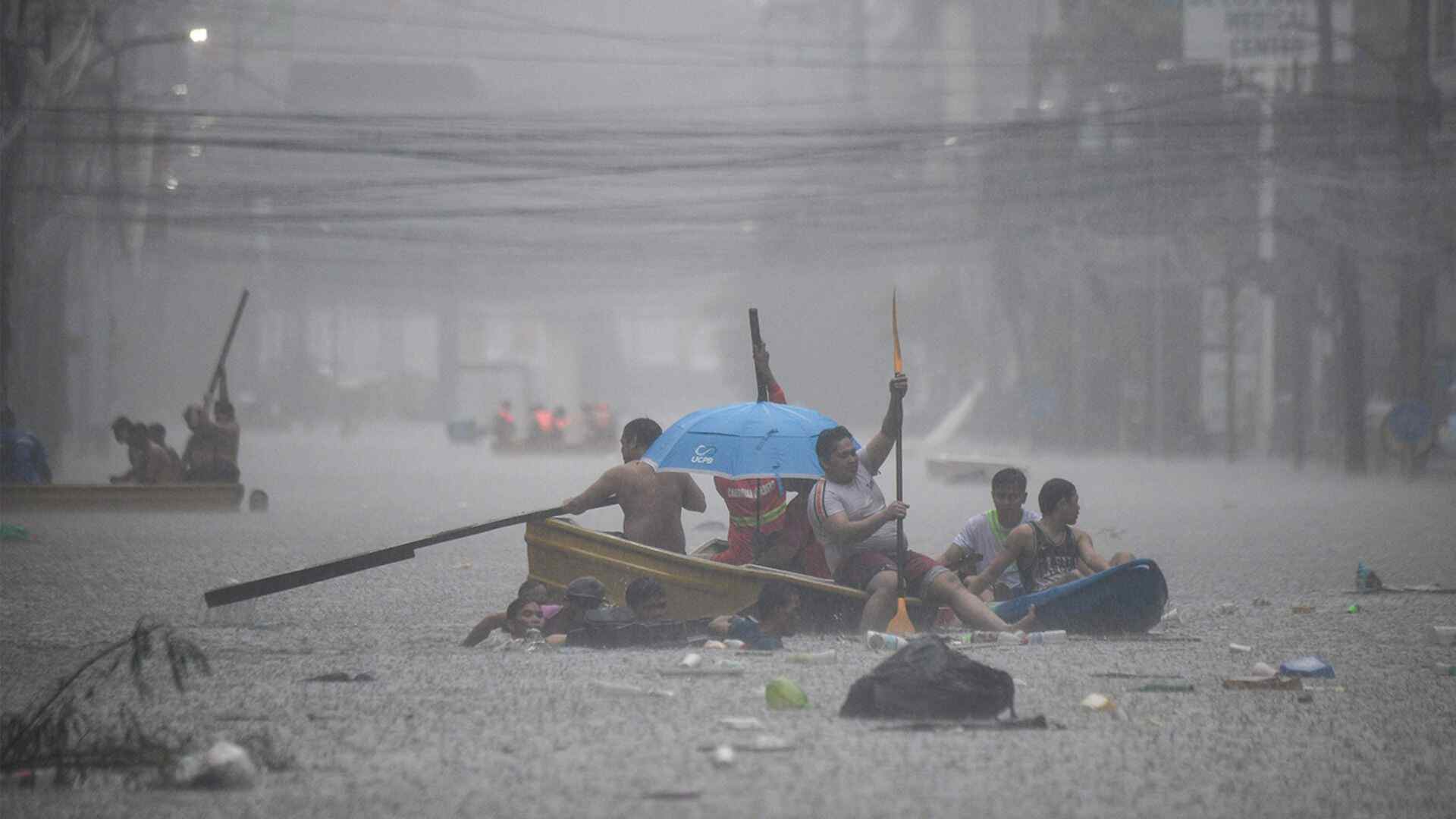Typhoon Gaemi made landfall in China on Friday, displacing nearly 300,000 people in the country’s eastern region. The powerful storm brought torrential rains to China after causing five deaths in nearby Taiwan.
According to a report by AFP, Gaemi was the strongest typhoon to hit Taiwan in eight years. When it made landfall on Thursday, it flooded parts of the island’s second-biggest city. The typhoon also exacerbated seasonal rains in the Philippines on its path to Taiwan, triggering flooding and landslides that killed 30 people.
By the time Gaemi made landfall in China’s eastern Fujian province shortly before 8:00 pm (local time) on Thursday, it had weakened. Despite this, authorities had warned that Gaemi would lead to torrential rains capable of causing flooding. Over 290,000 people were relocated, and public transport, offices, schools, and markets in some cities were shut down.
In the neighbouring Zhejiang province, state media footage showed streets turned into rivers, trees strewn over roads, and bikes struggling through knee-high waters. Wenzhou city in Zhejiang issued its highest warning for rainstorms and evacuated nearly 7,000 people.
The official China Weather Network reported that the typhoon was moving northwestward at about 20 kilometers per hour and would gradually weaken as it made its way to Jiangxi later in the day. So far, no deaths or injuries have been reported in mainland China.
At a meeting of the country’s top leadership chaired by President Xi Jinping on Thursday, officials urged local authorities to stay “highly vigilant and proactive” as China entered peak flooding season.







